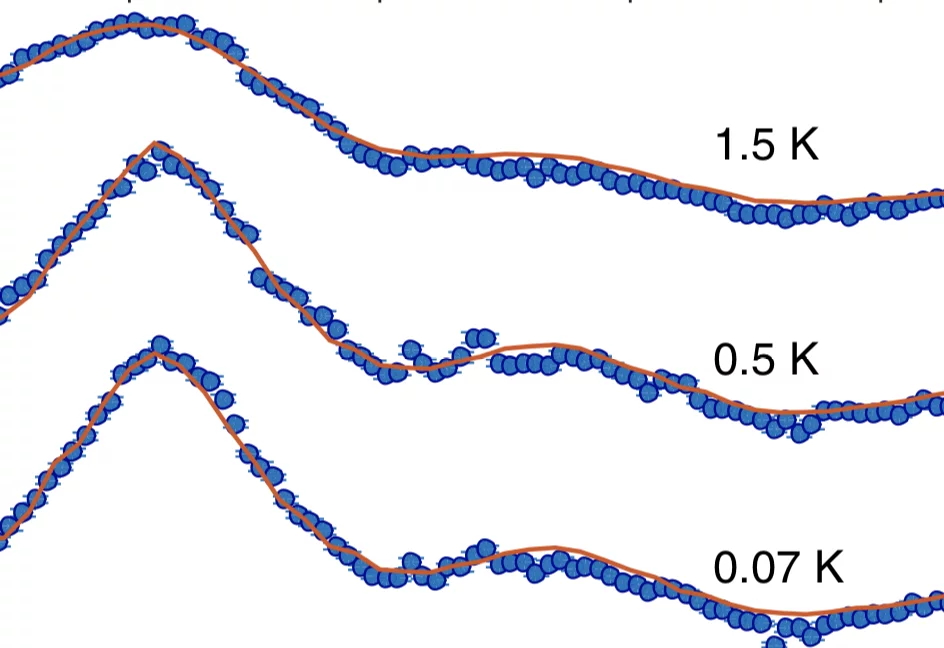Excitations in a spin ice behave as magnetic monopoles, and their population and mobility control the dynamics of a spin ice at low temperature. CdEr2Se4 is reported to have the Pauling entropy characteristic of a spin ice, but its dynamics are three orders of magnitude faster than the canonical spin ice Dy2Ti2O7. In this Letter we use diffuse neutron scattering to show that both CdEr2Se4 and CdEr2S4 support a dipolar spin ice state—the host phase for a Coulomb gas of emergent magnetic monopoles. These Coulomb gases have similar parameters to those in Dy2Ti2O7, i.e., dilute and uncorrelated, and so cannot provide three orders faster dynamics through a larger monopole population alone. We investigate the monopole dynamics using ac susceptometry and neutron spin echo spectroscopy, and verify the crystal electric field Hamiltonian of the Er3+ ions using inelastic neutron scattering. A quantitative calculation of the monopole hopping rate using our Coulomb gas and crystal electric field parameters shows that the fast dynamics in CdEr2X4 (X = Se, S) are primarily due to much faster monopole hopping. Our work suggests that CdEr2X4 offer the possibility to study alternative spin ice ground states and dynamics, with equilibration possible at much lower temperatures than the rare earth pyrochlore examples.
Reference: S. Gao et al, Physical Review Letters 120, 137201 (2018)
Read full article: here


